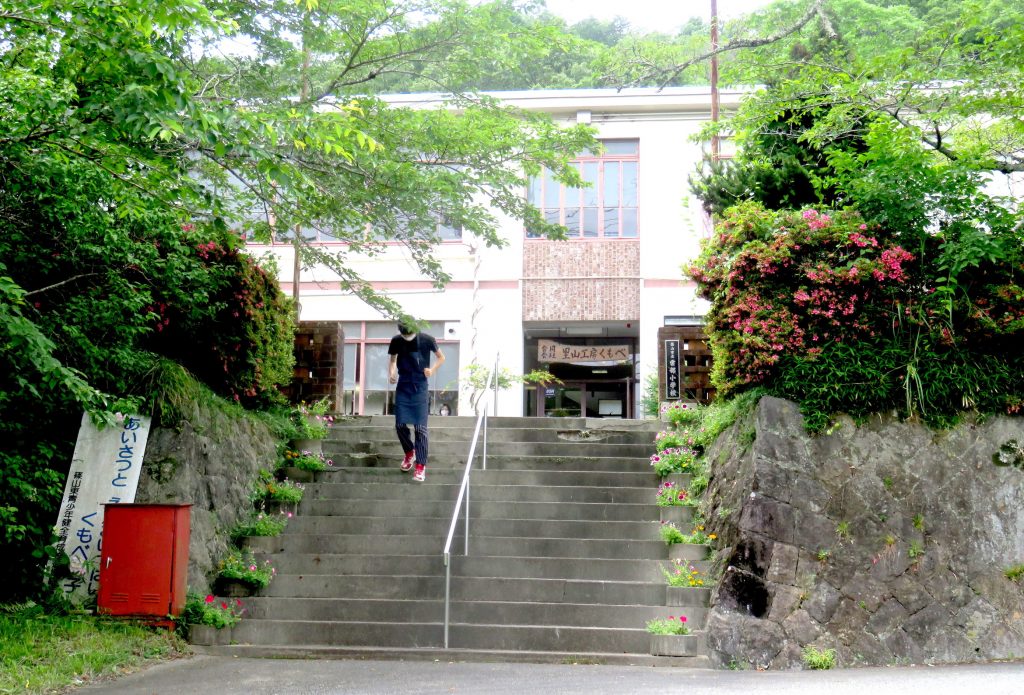
As an American, when I hear a reference to ‘school lunch’ I think of school lunch programs back in my homeland. School lunch programs are designed to help the poor. Believe it or not, every night more than 13 million children go to bed hungry in what putatively the richest country in the world — the richest nation in history! The euphemism is these kids are “food insecure”. That’s a polite way of saying neglected, victims of grotesque wealth inequality, and systemic racism. School lunch, school breakfast, and after school meals, are an attempt via various government programs at keeping these children alive and minimally healthy.
Here ‘school lunch’ has an entirely different meaning.
Yes, it refers to that time around noon when across the entire country, students from four to twenty-four are sitting down for their mid-day meal.
But here in Tambasasayama, it has another very special connotation. This weekend, in fact, Masumi-san and I had a “school lunch”. It was at a restaurant set up in one of the schools which is no longer functioning as an educational institution.
Japan’s population is in freefall. This attrition is especially significant in communities like where I live. When kids here graduate from high school, it’s either off to university, or to where the “good jobs” are, which from the prevailing perspective of local youth is surely not here. Being a farmer is not glamorous, nor does it offer the opportunity to amass a decent fortune. Or falling short of a decent fortune, getting one of those high-paying corporate positions with Panasonic or Mitsubishi.
The upshot is that our town is shrinking in numbers at a rate faster than even Japan itself. Many of the schools which once served a thriving farm community now sit empty.
Well, they sit empty unless put to other use. The former school where we had our meal not only has a restaurant, but a curios shop, an arts & crafts workshop, and an art museum for showcasing local artists. Where we sat down to have lunch was previously the office area where the school’s teachers had their individual desks, a room where they could think, create teaching plans, grade tests, get away from the noise and chaos of the students.
In the grand scheme of things, the world is over-populated, exceeding the planet’s ability to support the human race living in the splendor of modernity, convenience and luxury. Most environmental experts judge the Earth’s current growth trajectory unsustainable.
In other words: we need fewer people.
Inadvertently, perhaps, Tambasasayama is doing its part to reduce the human imprint. There are very few new couples starting families here. Few babies are being produced. Meaning a number of beautiful old schools will continue to sit idle, collecting cobwebs.
Here’s one. It even has an observatory on top, where elementary students a decade ago would gaze in wonder at the heavens.
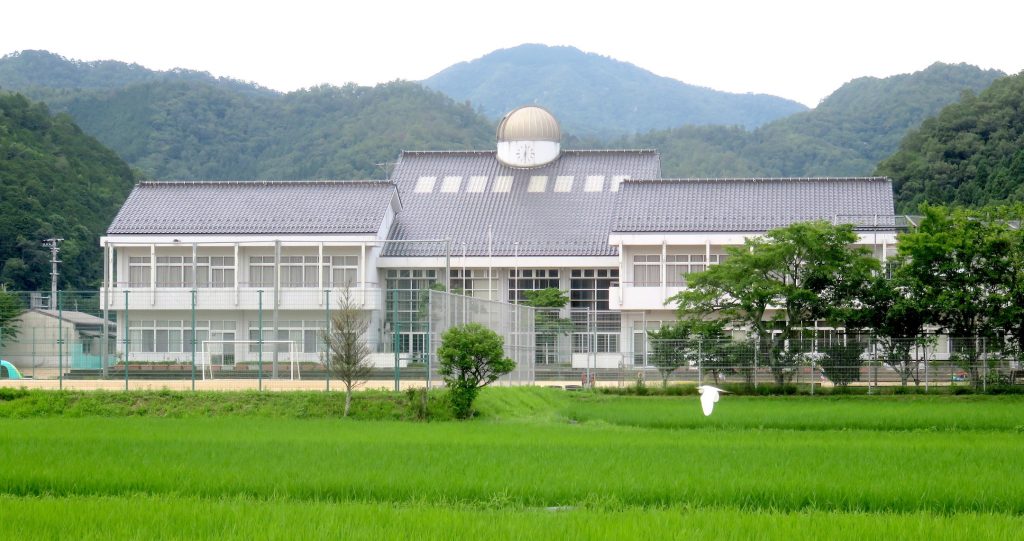
Looks like a decent place to store rice. Or soybeans. That dome is a good start on a silo.

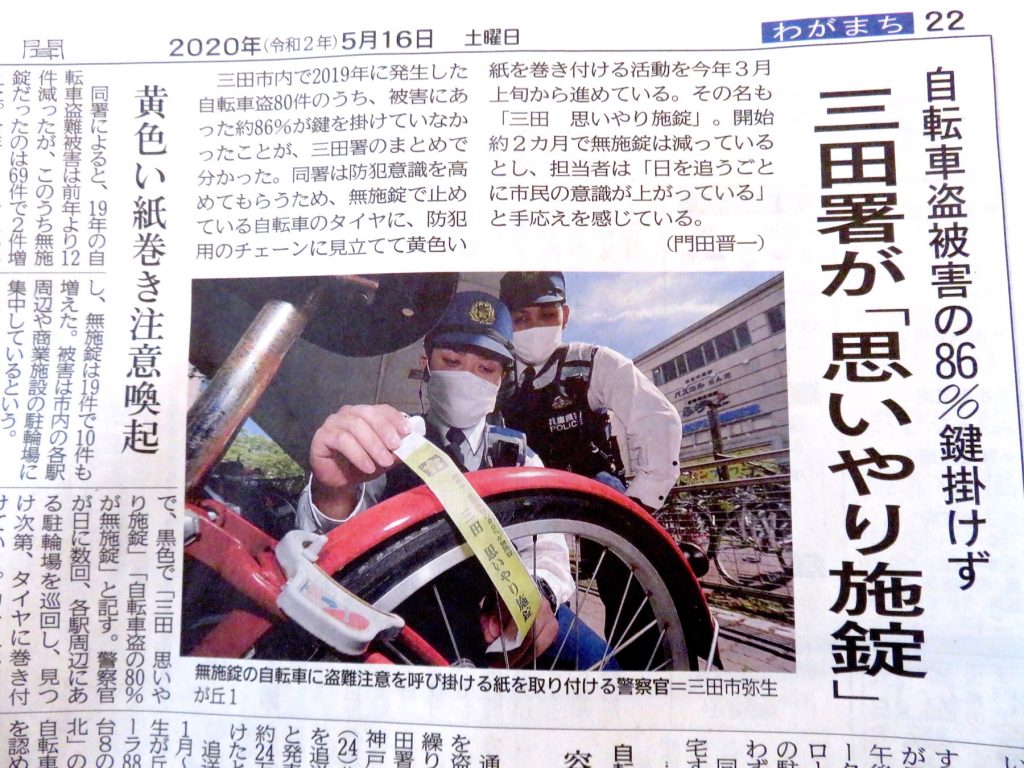


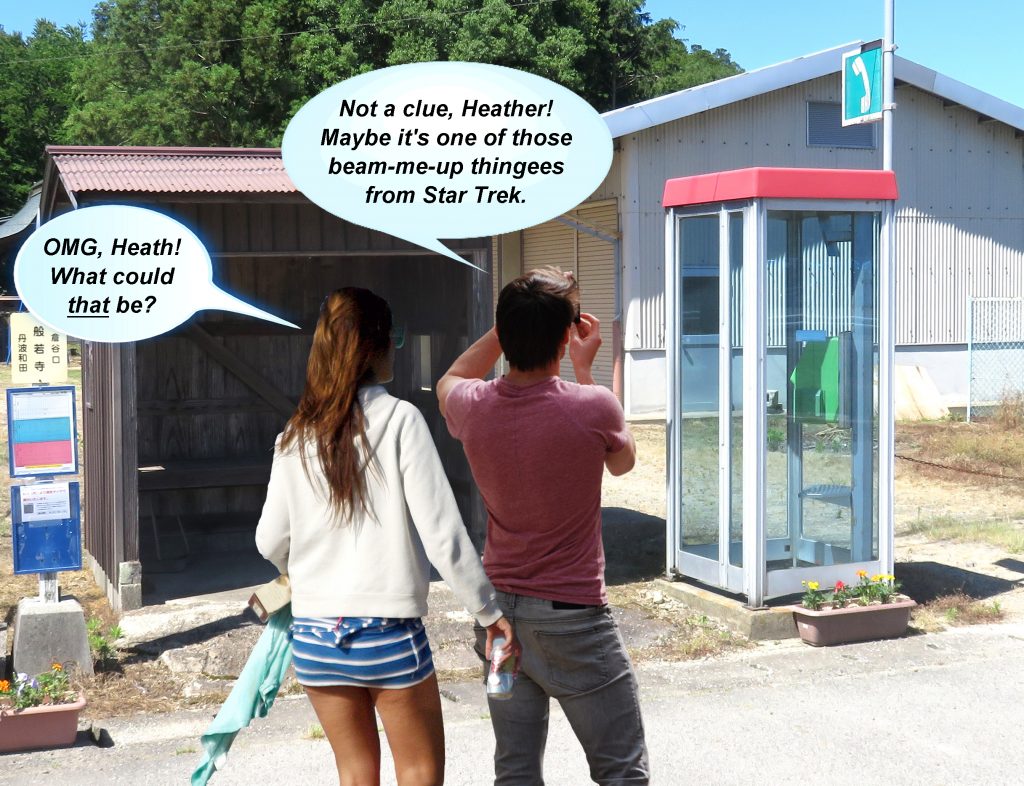
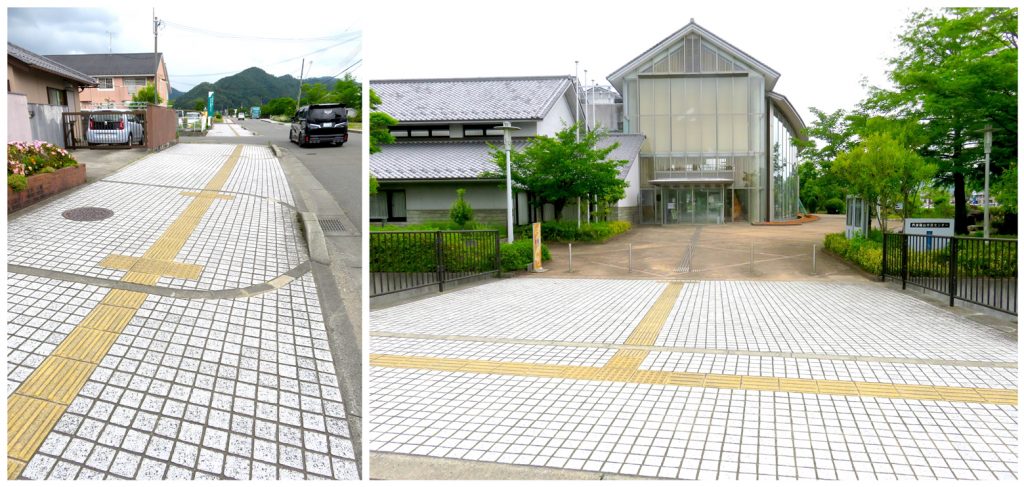
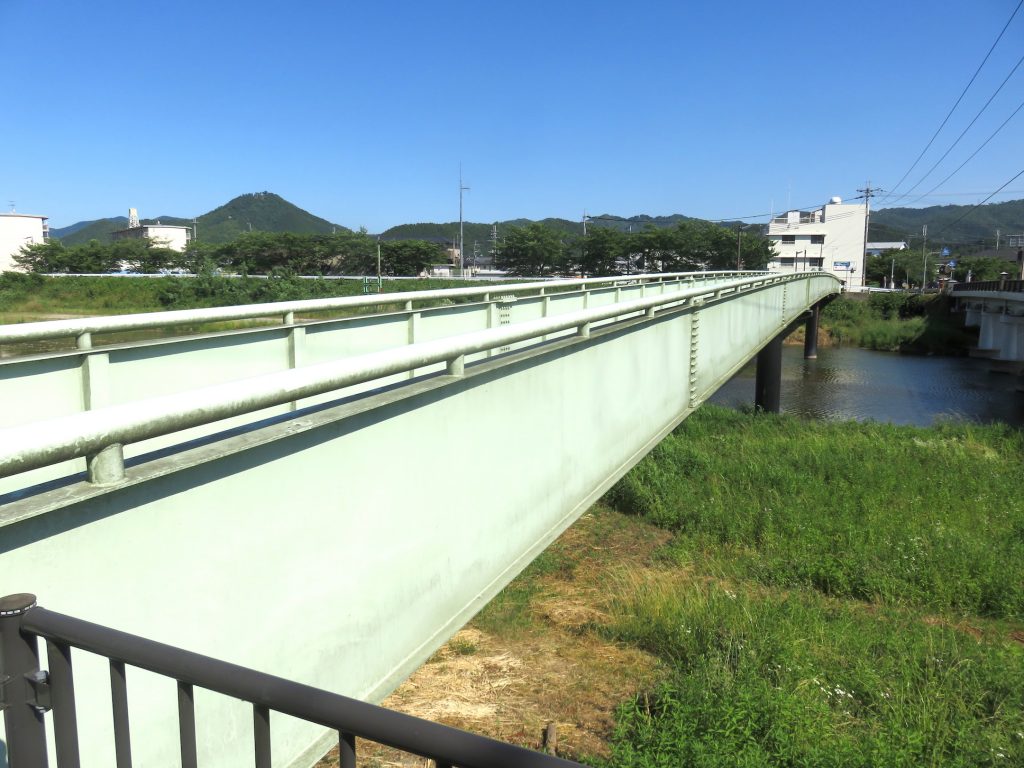
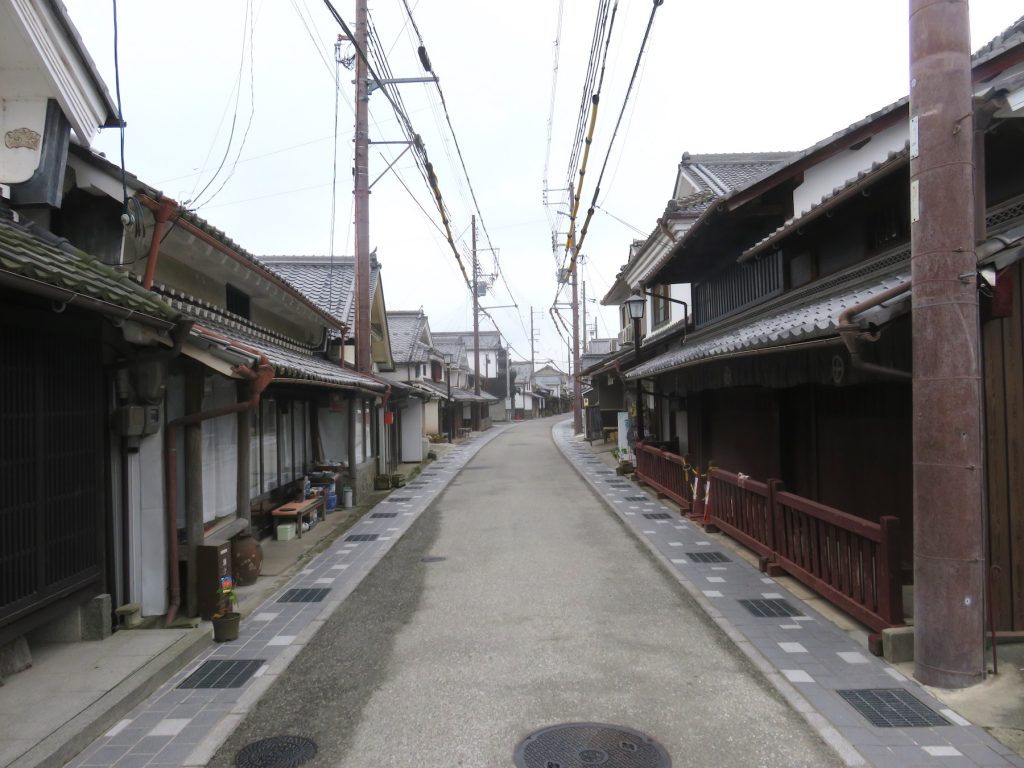
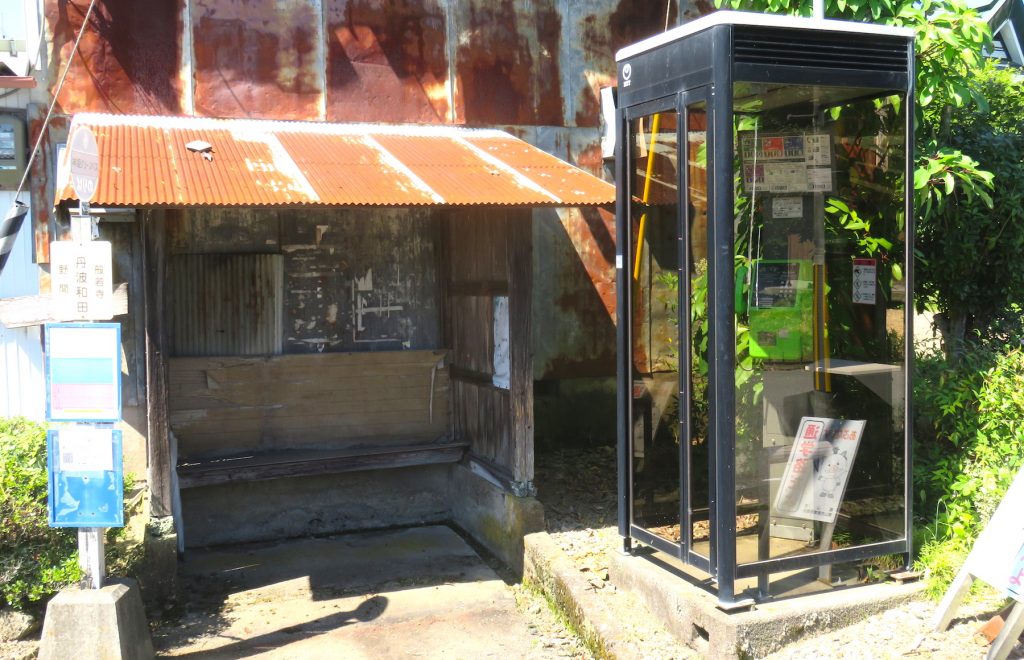
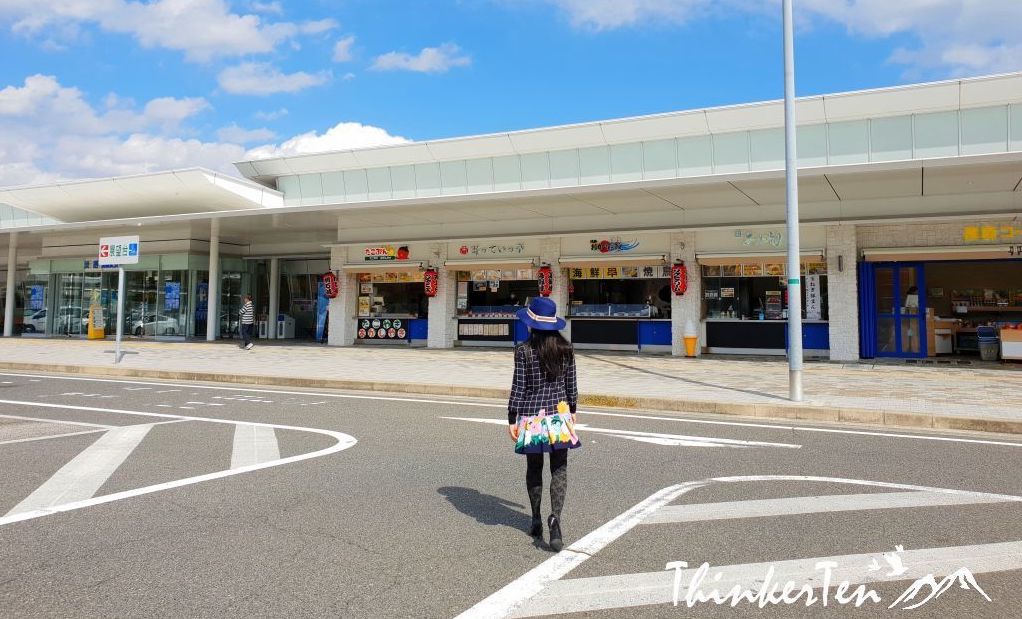
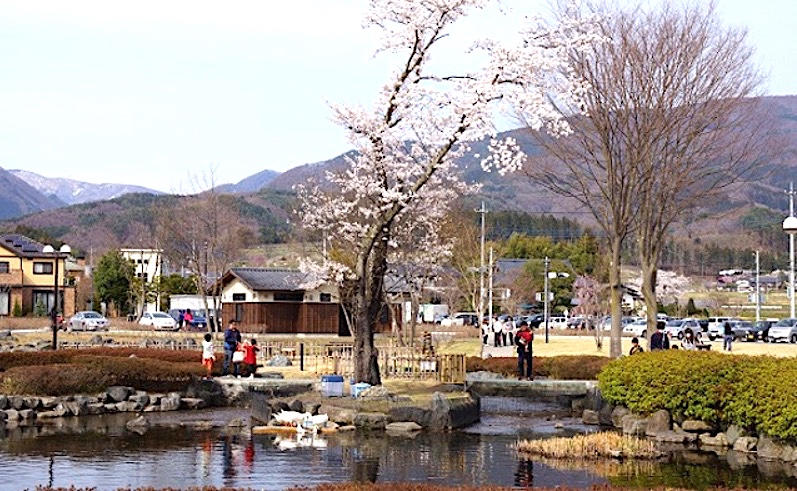
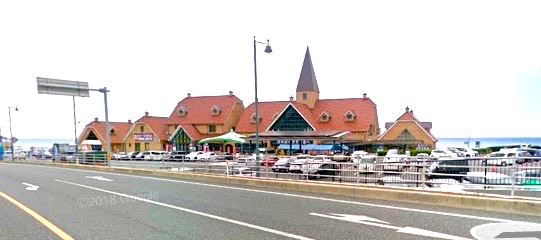
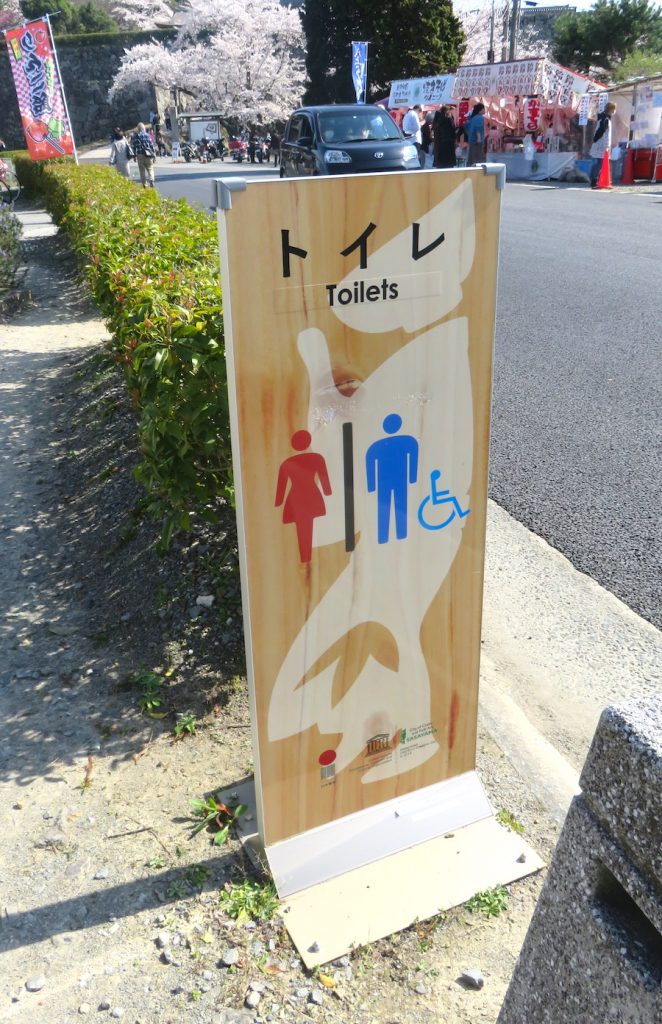
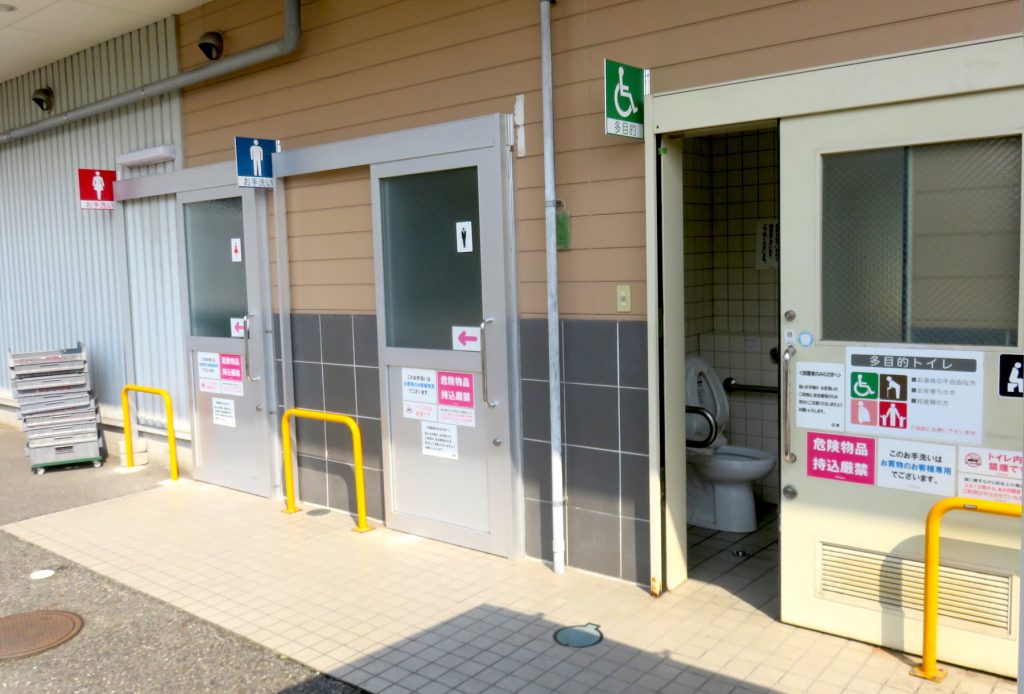
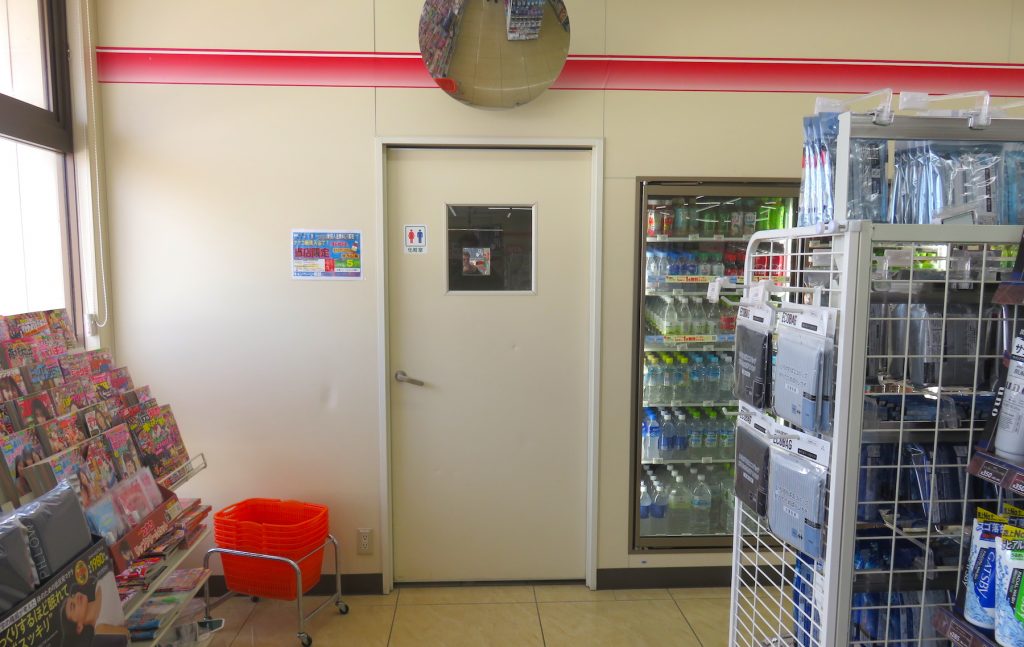
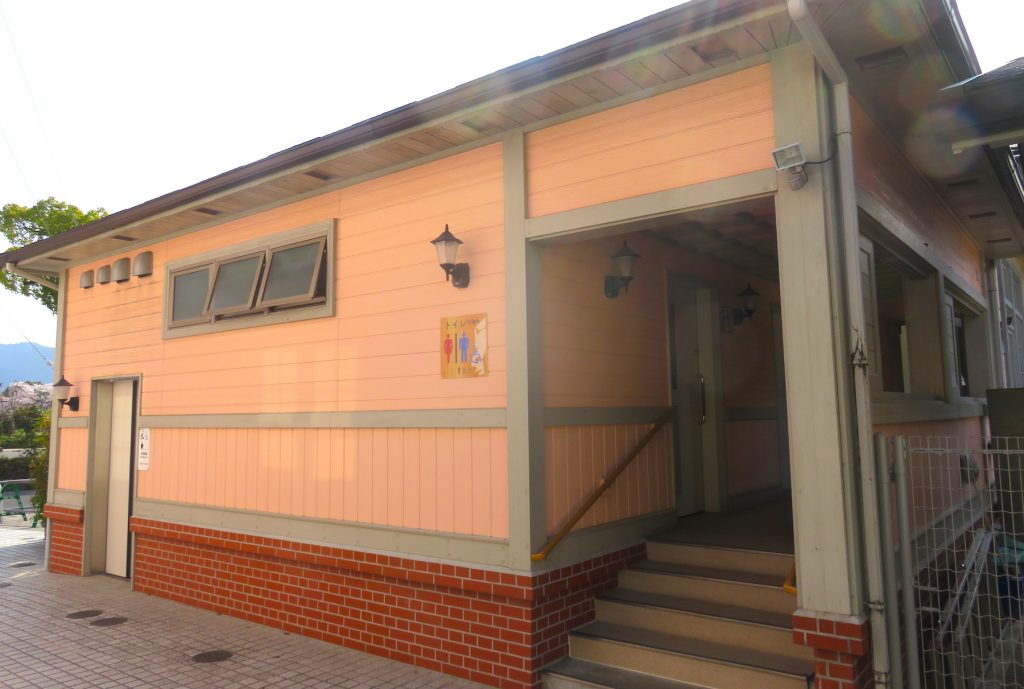
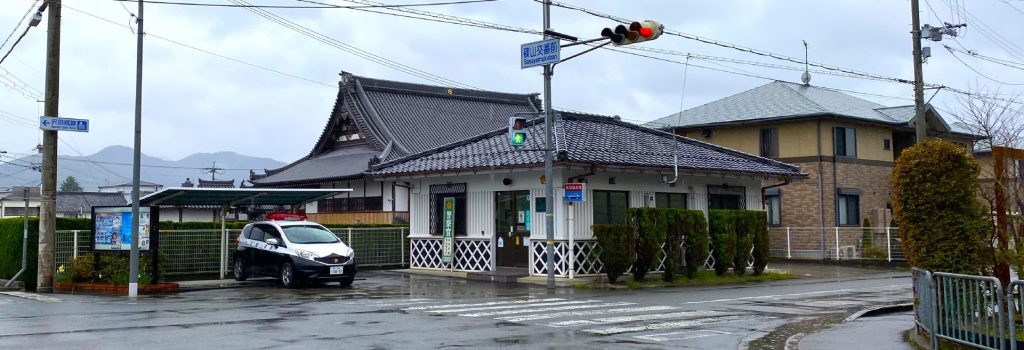
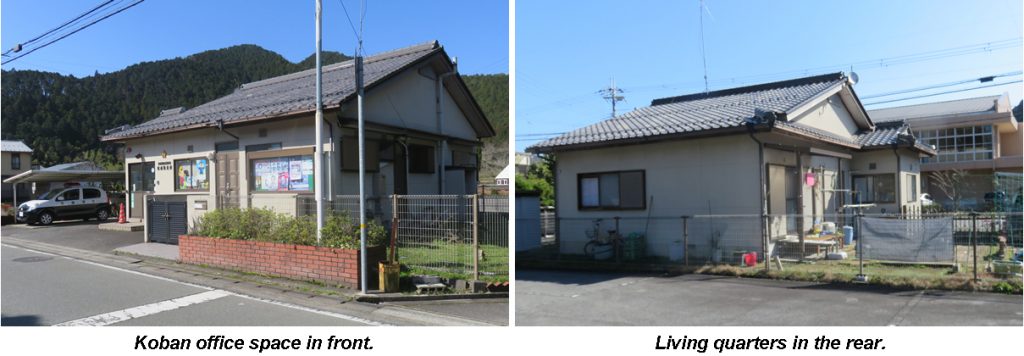
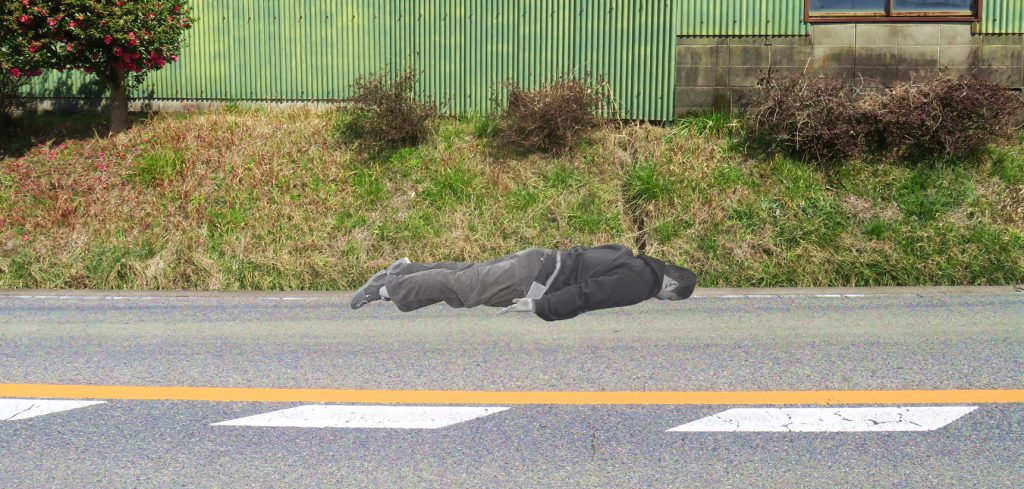
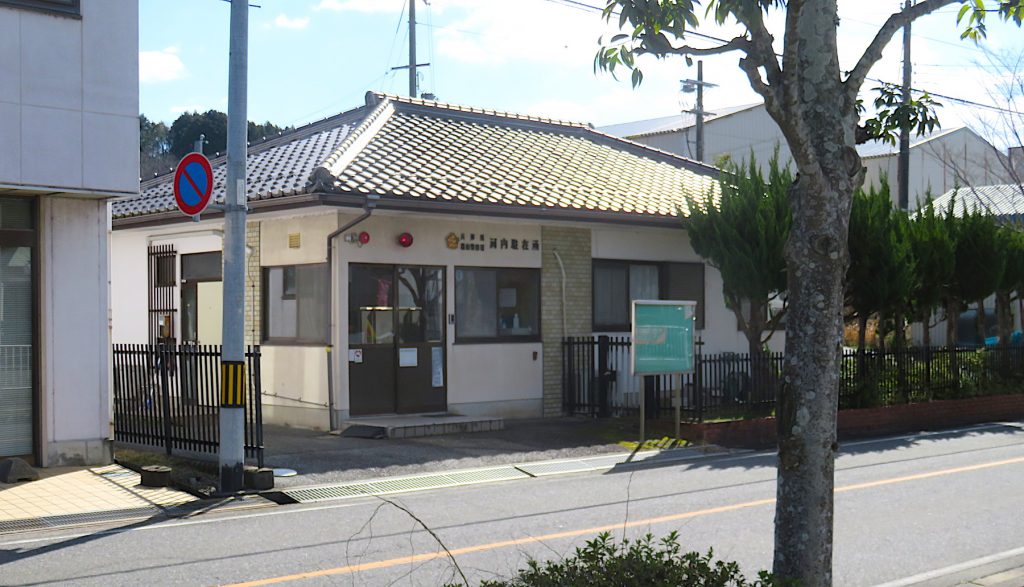
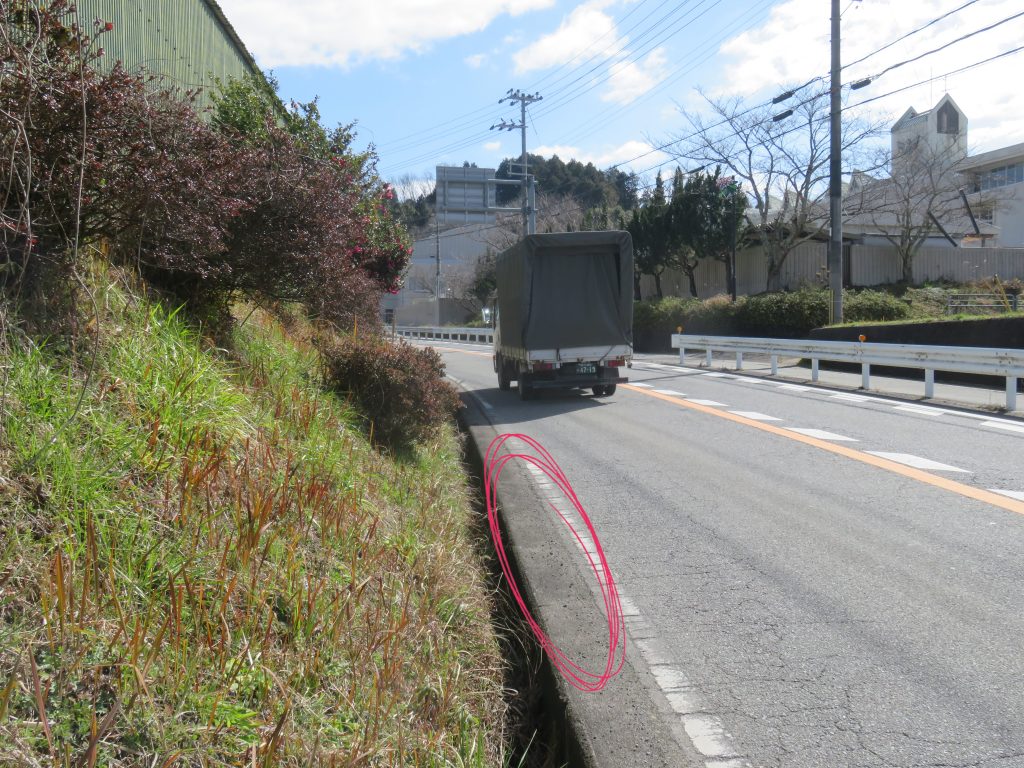
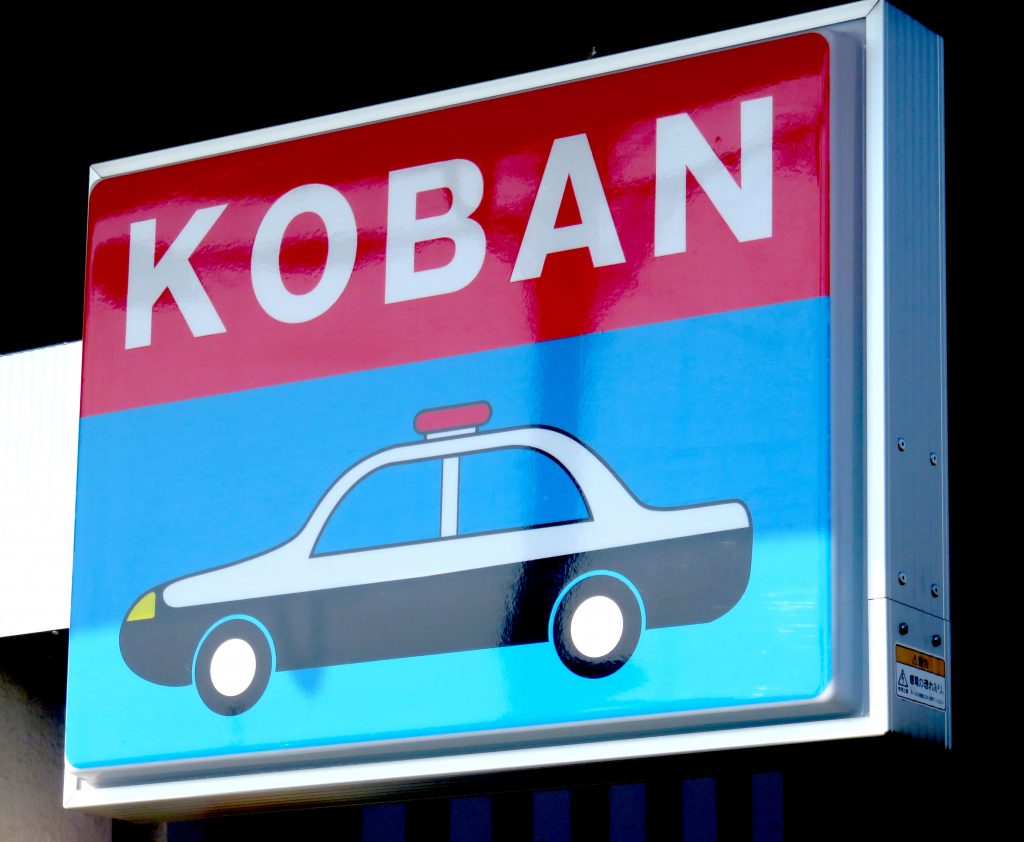
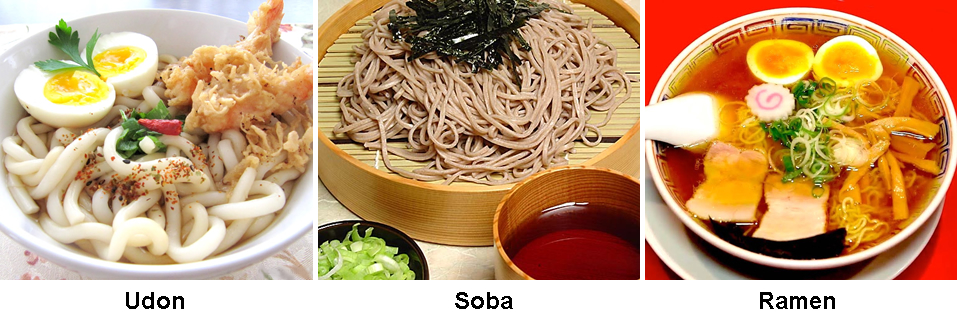





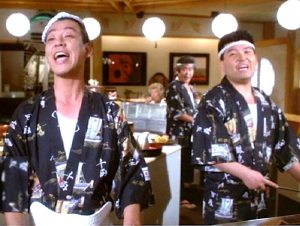
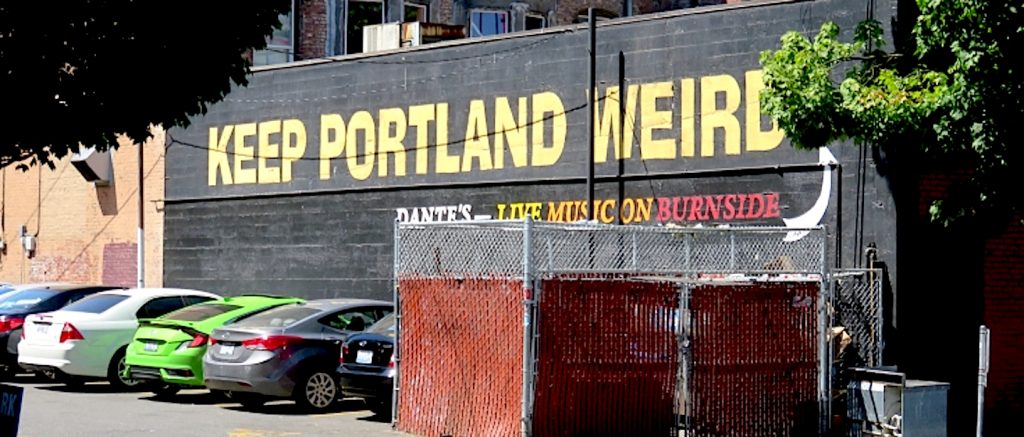
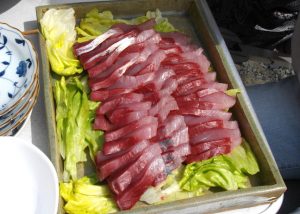



Responsible Non-Adversarial Policing: Community Facilitators
I’m proposing this in a rapid response to the BLM protests, which seem to lack coherent demands with bulletproof metrics to determine if the authorities are actually complying, or just putting up another smokescreen to pacify the mob. It may not be fully formed, complete in all the details. I welcome anyone and everyone to consider its merits, then make suggestions and improvements.
There’s a lot of anger, passion, frustration, enthusiasm, pessimism, optimism, confusion, determination, disorganization, organization, chaos and hope, out there on the streets right now. Open, exuberant display of civic concern and commitment to improvements in government in the form of mass protests is not only a constitutional right, but sometimes our duty as citizens.
But many folks are rightfully asking: What do the protesters want?
I have strong opinions about what they should want, should be demanding. It’s a long list.
But these current demonstrations are essentially about police violence, abuse of police power.
So here’s an idea. A clear, unambiguous, non-negotiable demand should be put front and center from this point forward.
There are two components to the demand . . .
Understand where I’m going with this: Ultimately — as soon as humanly possible — no patrol car would show up ANYWHERE to address ANY SITUATION, unless there were at least one regular cop and one Community Facilitator.
By the way, the Community Facilitator would be in uniform, very much like a regular police uniform. But there would be some aspect, shirt color, special hat, helmet, something, which would make it immediately obvious this person was not a regular cop, but a community facilitator.
We should demand that Community Facilitators be hired and deployed as quickly as possible. Since there would be pairing of a fully-trained cop with every Community Facilitator, the training would not have to be as long and rigorous for the Community Facilitator. It could be a quick course in the basics, safety, protocol, the law, etc. They don’t have to be Navy Seals to be effective at this job.
Police now view citizens as the enemy. Regular citizens now fear, often distrust and hate the police.
We need 1) to get rid of the bad cops, and 2) encourage proper, respectful, constructive communication between the everyday citizens and law enforcement.
Bad cop behavior is not hard to identify. These guys need to be pulled out of service immediately, before they further exacerbate the tensions and escalate the violence. Seeing bad cops immediately and publicly pulled off the beat when they display anything even slightly resembling the aggression we now see repeated every day in the news will demonstrate that local governments are taking seriously the demand for reform.
Having a member of the community in every patrol car and appearing on the scene when the police are called will in the future likewise reverse the adversarial dynamic which now characterizes citizen-police encounters and hopefully reduce the potential for violent confrontation.
Let’s replace half of the cops with Community Facilitators starting NOW!
If the mayor, police commissioner, city council refuse to entertain this idea, then maybe it’s time to get out the Molotov cocktails.
(PLEASE NOTE: I’m not sold on the job title. If anyone reading this has something better than ‘Community Facilitator’, I’m all for it.)